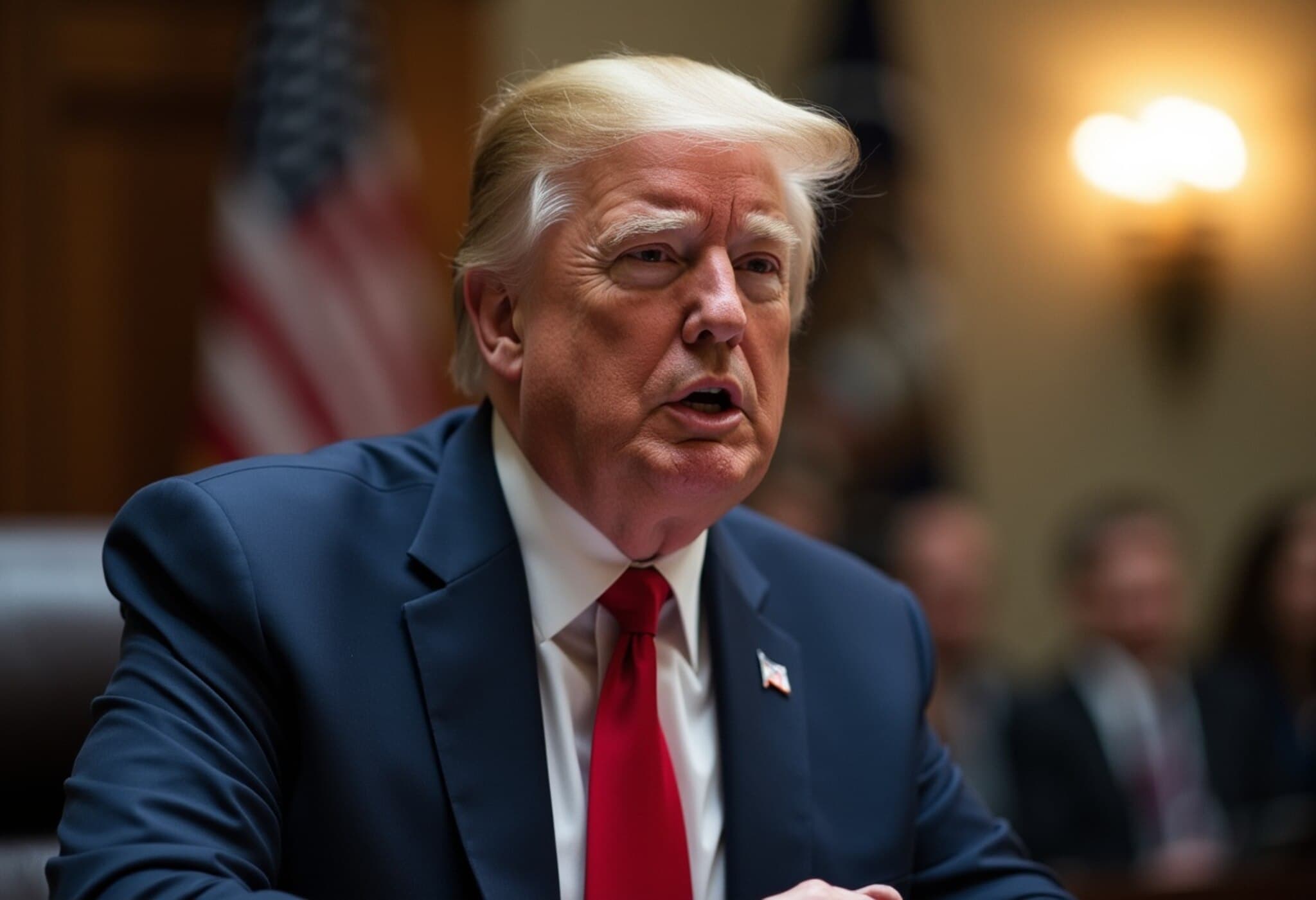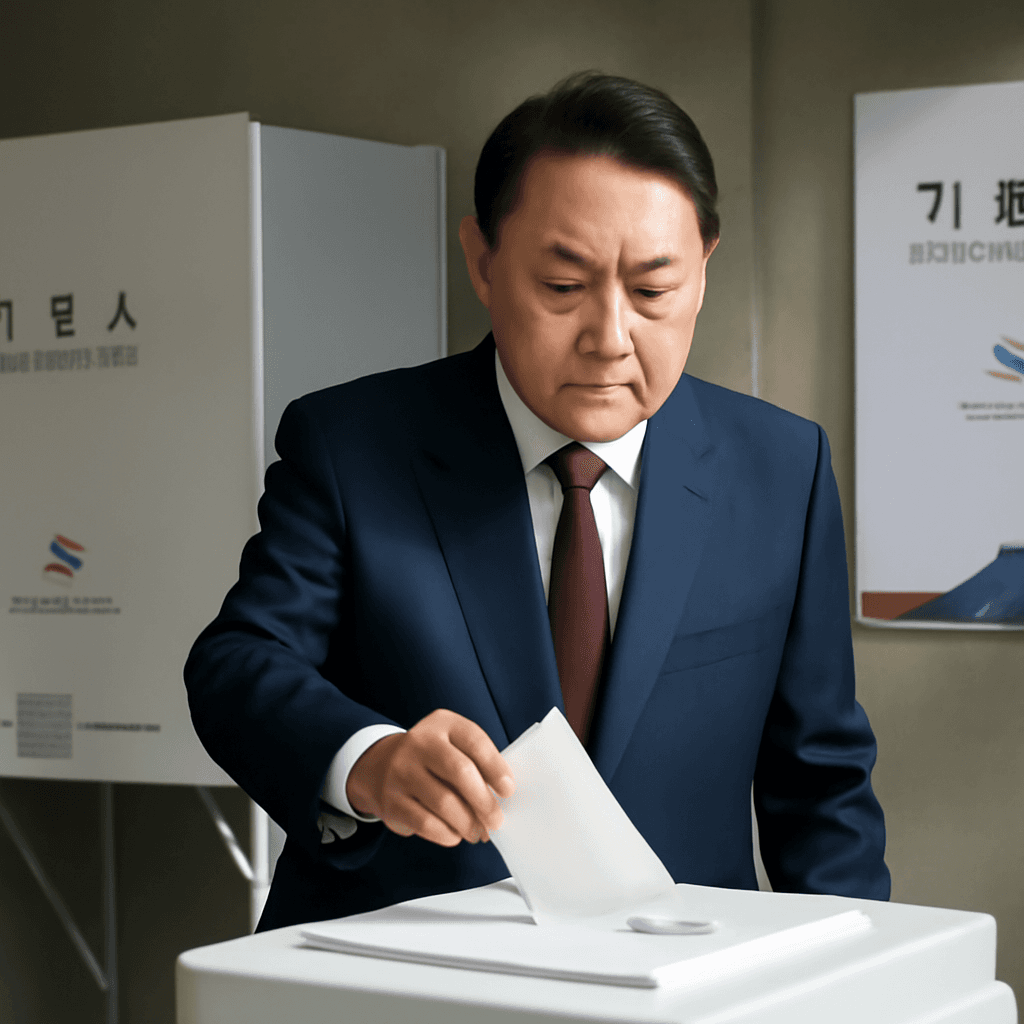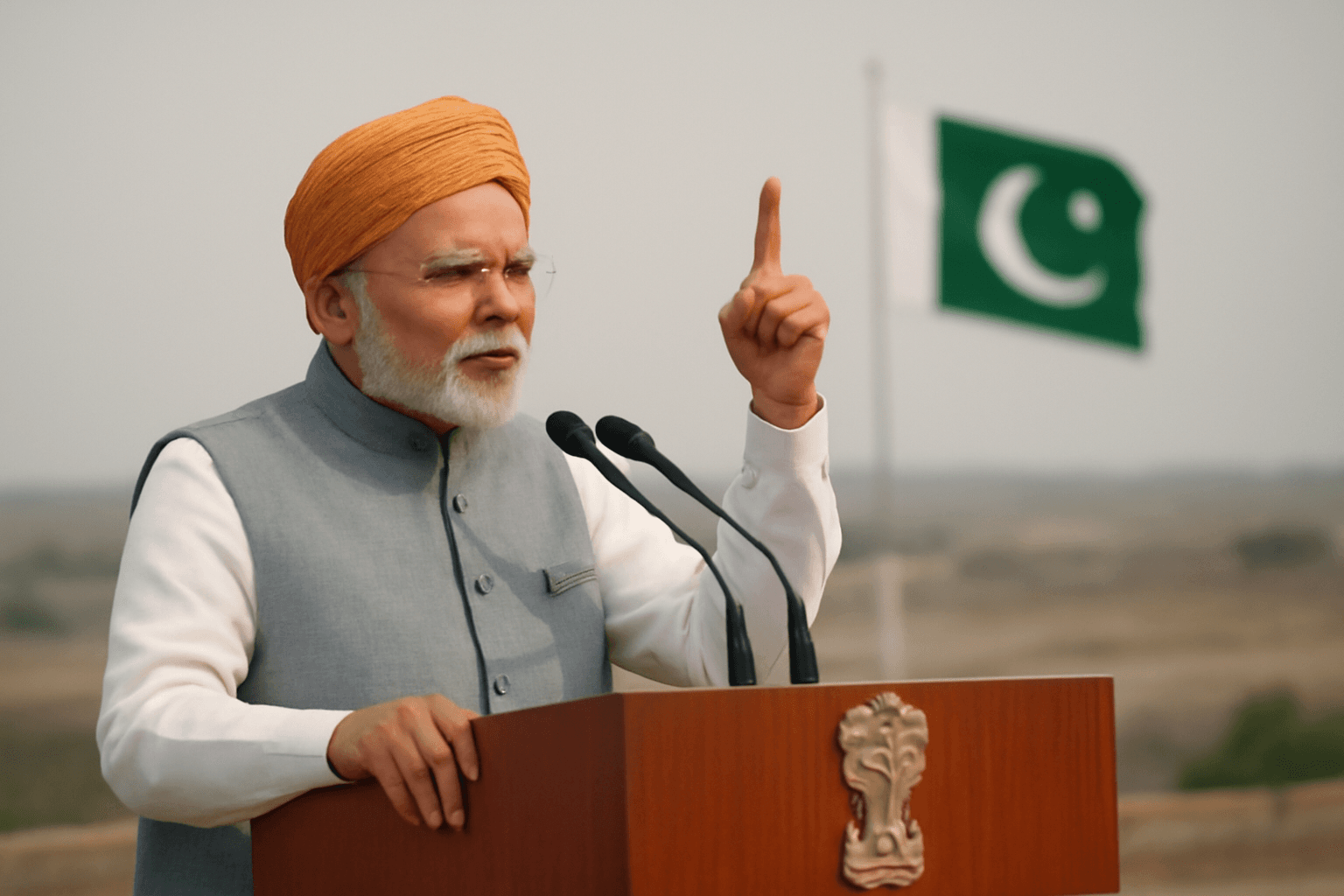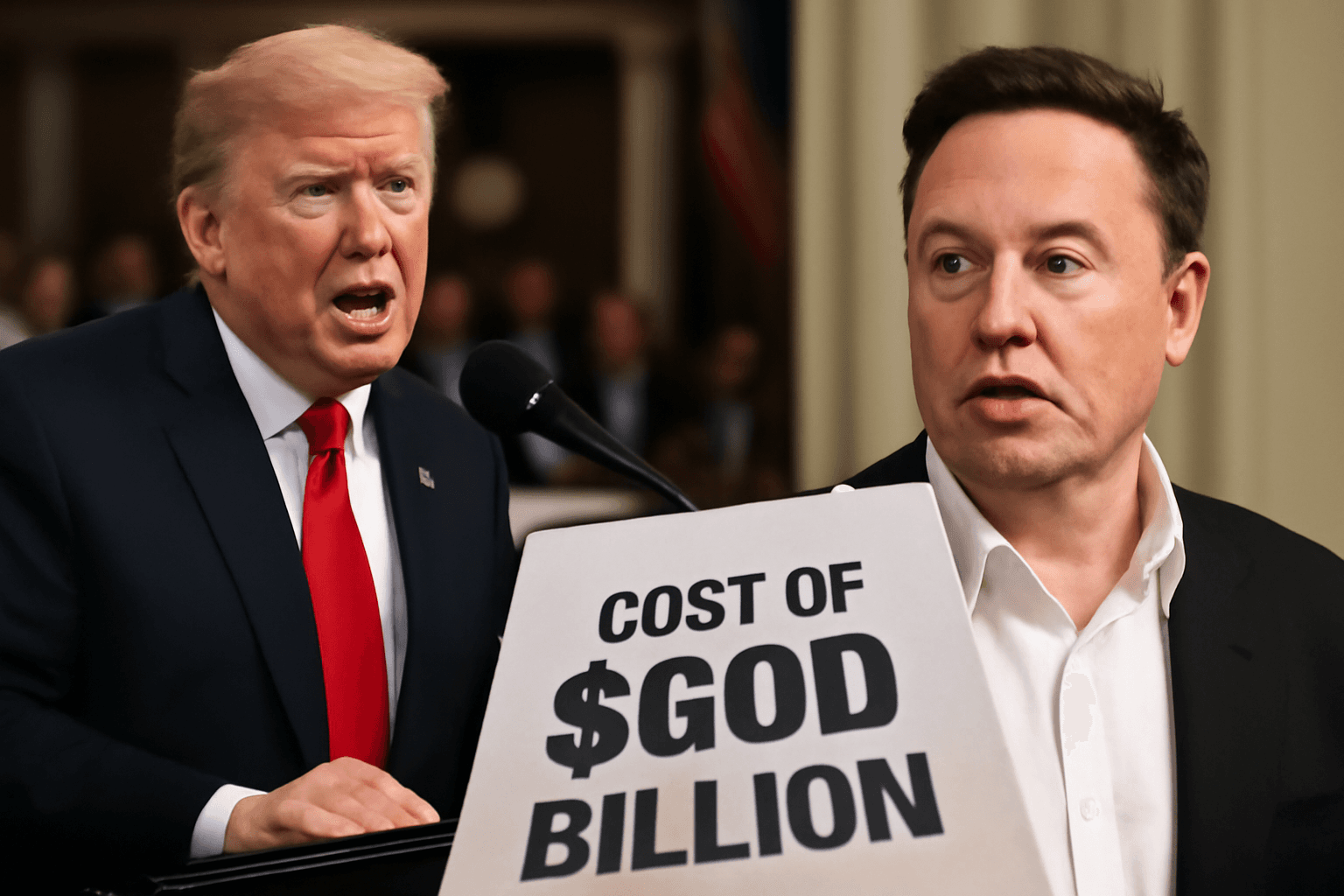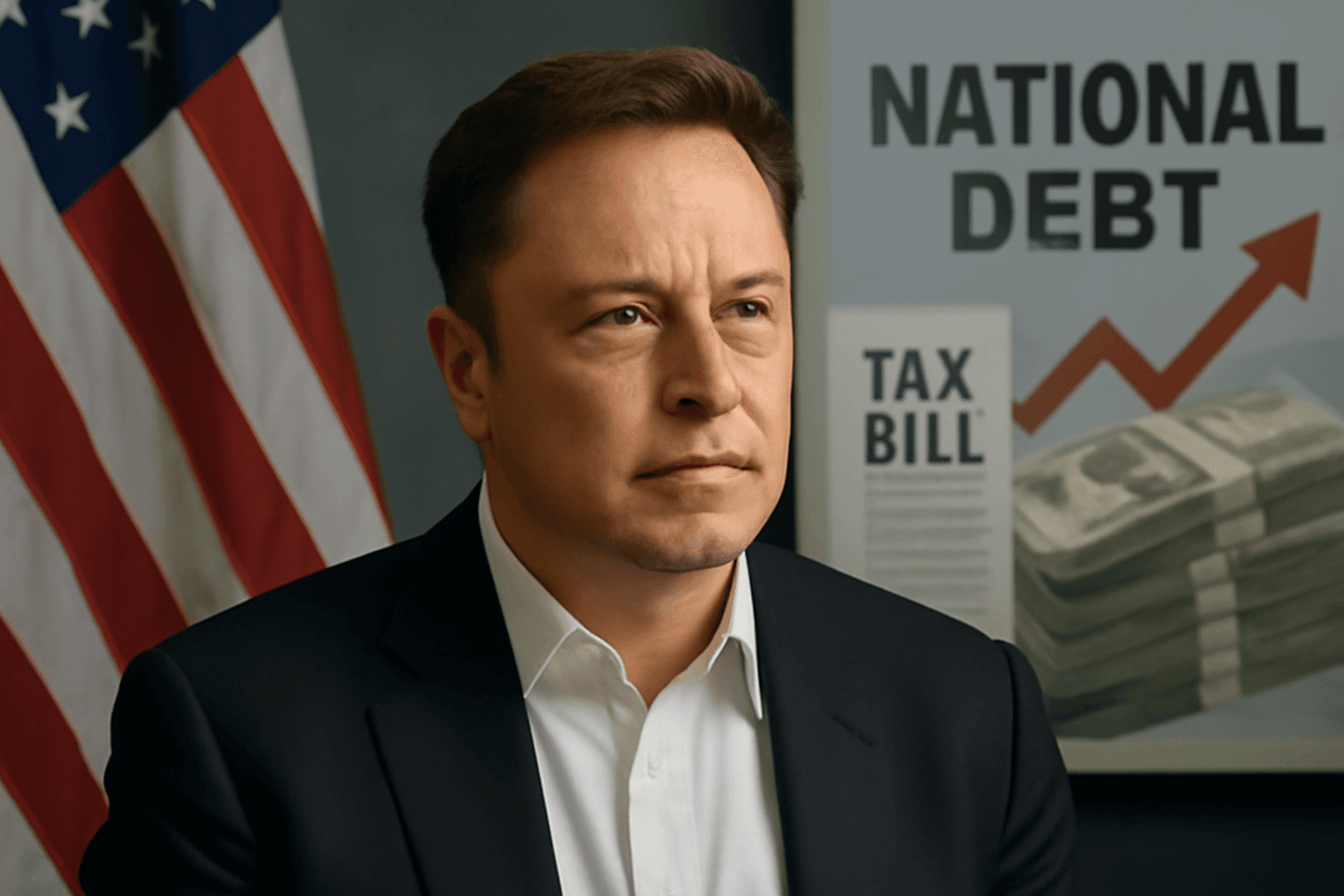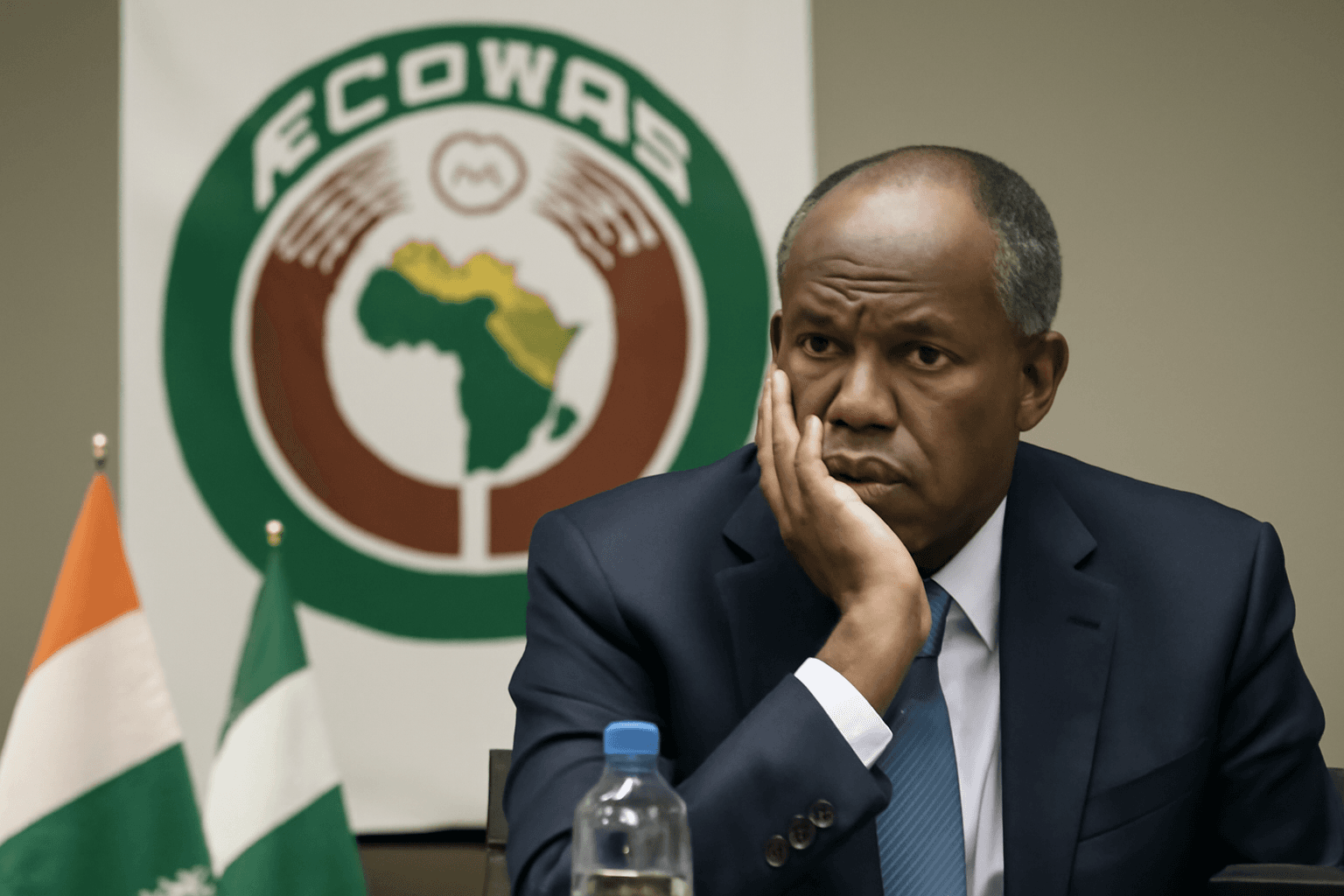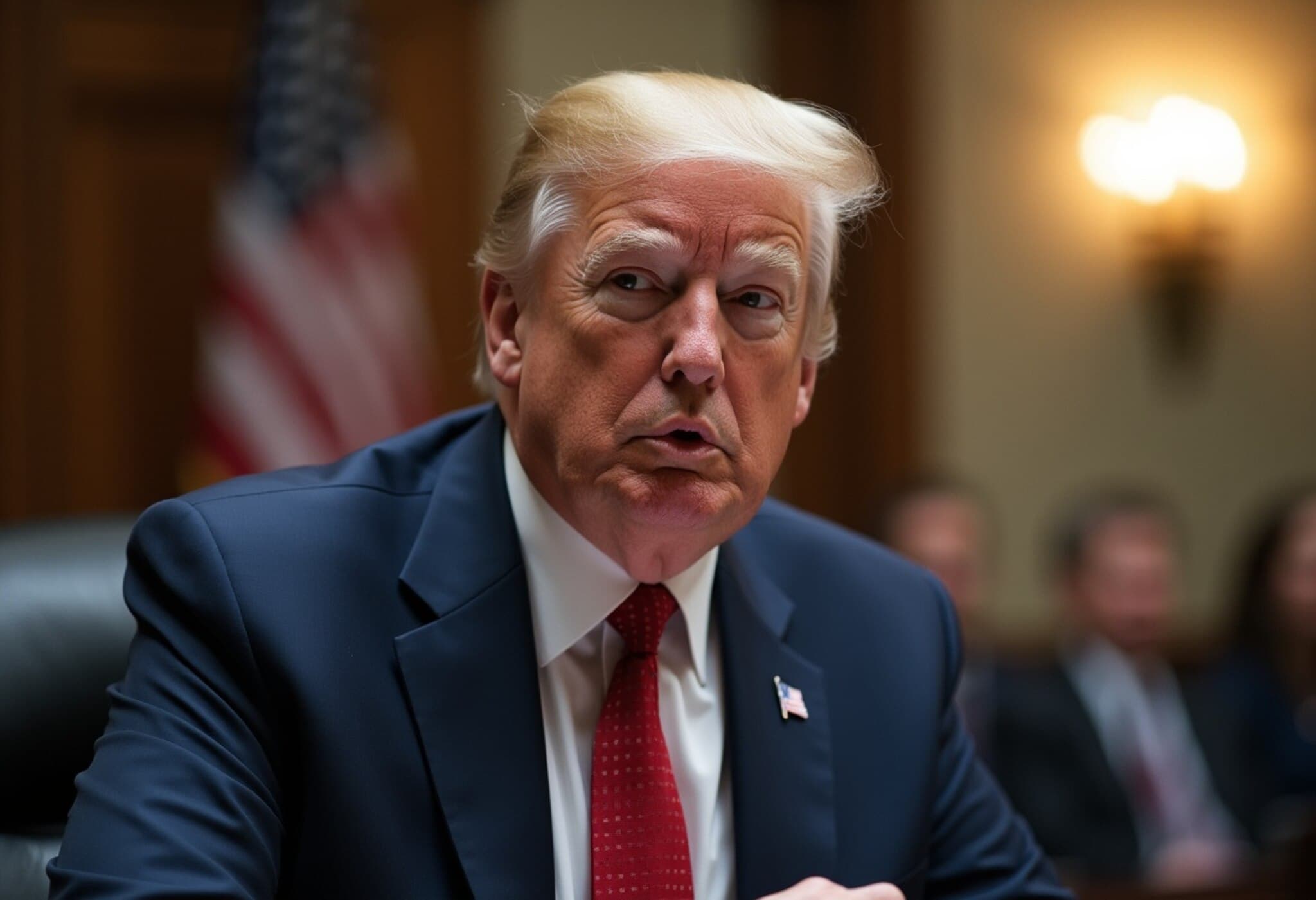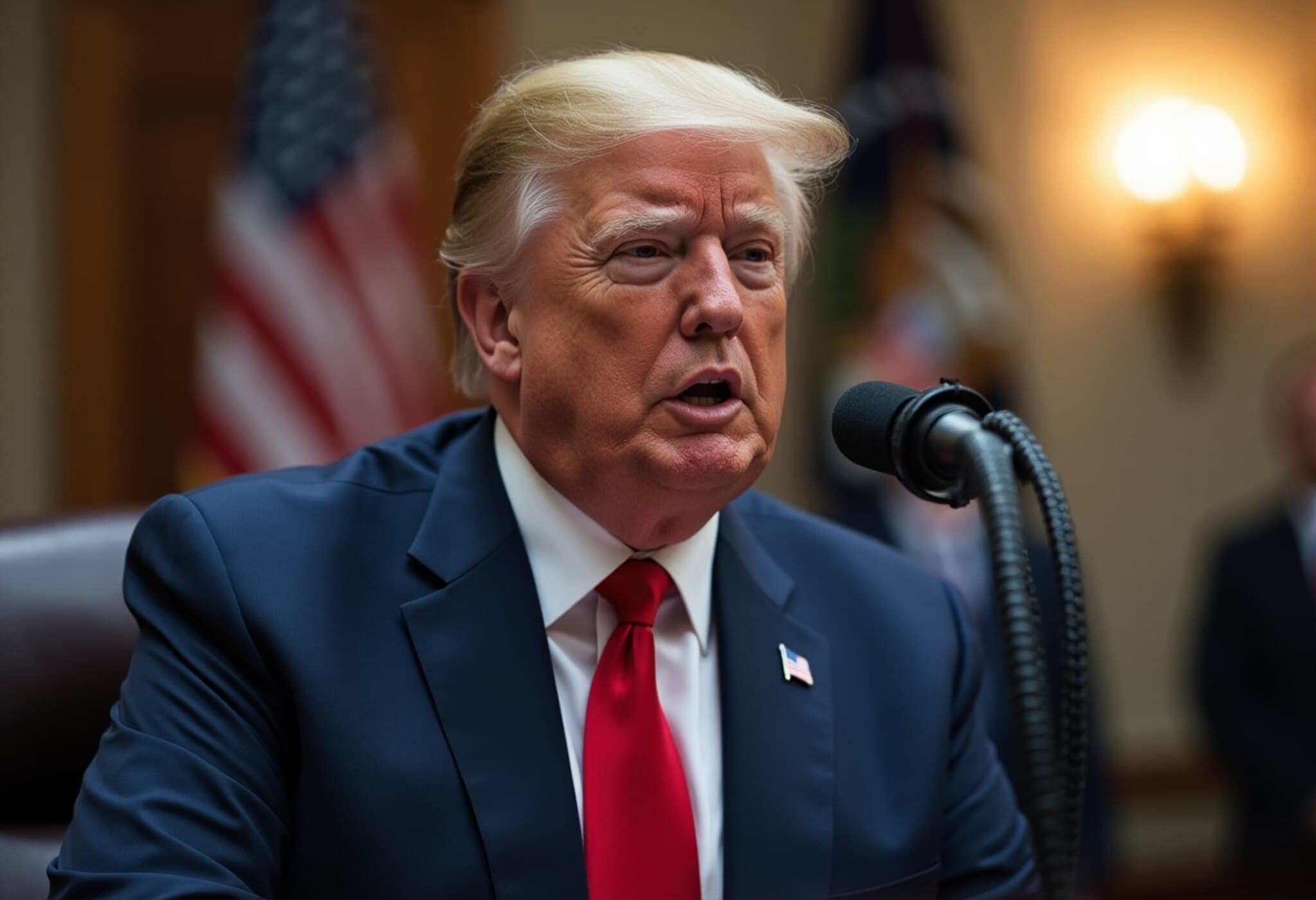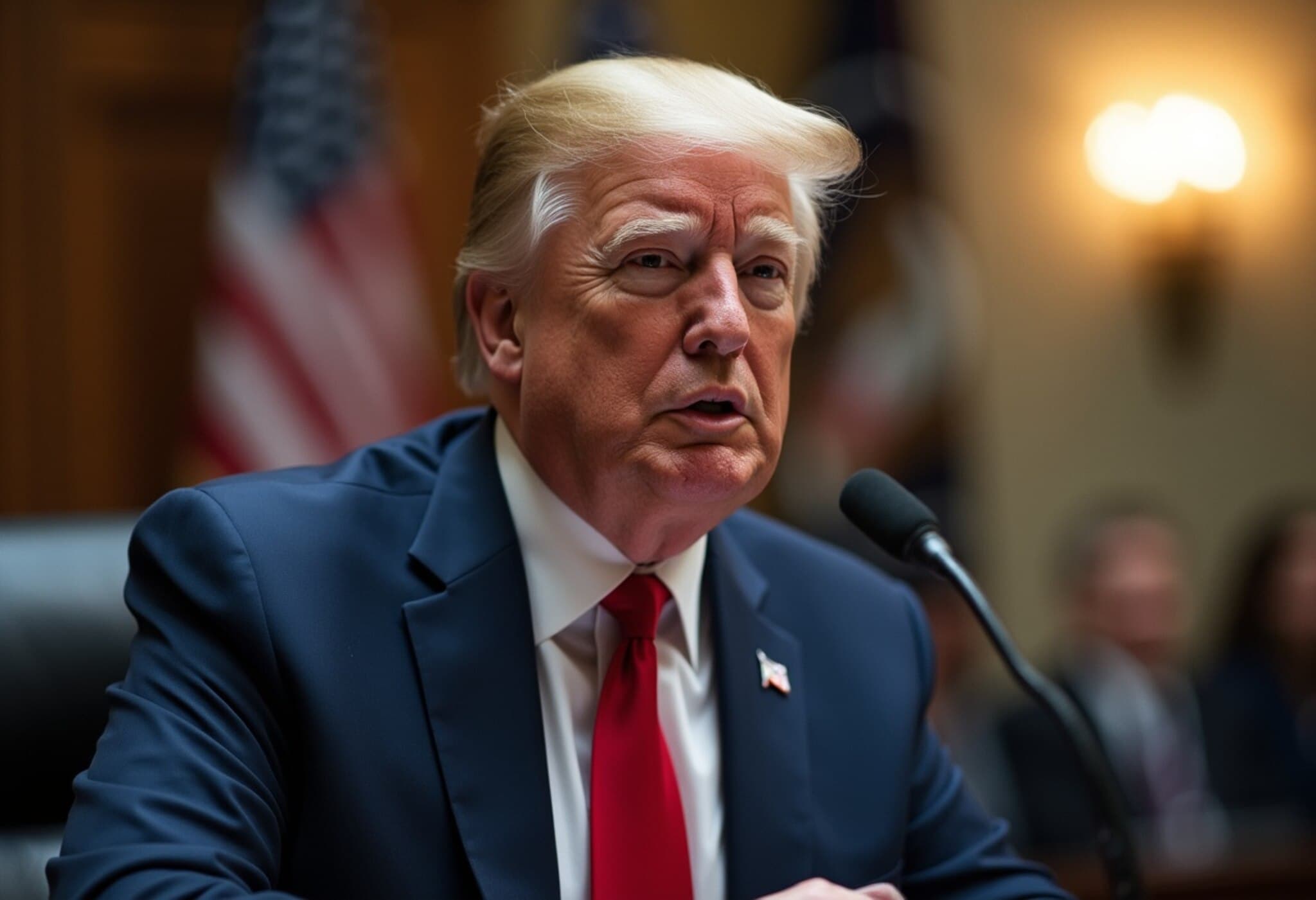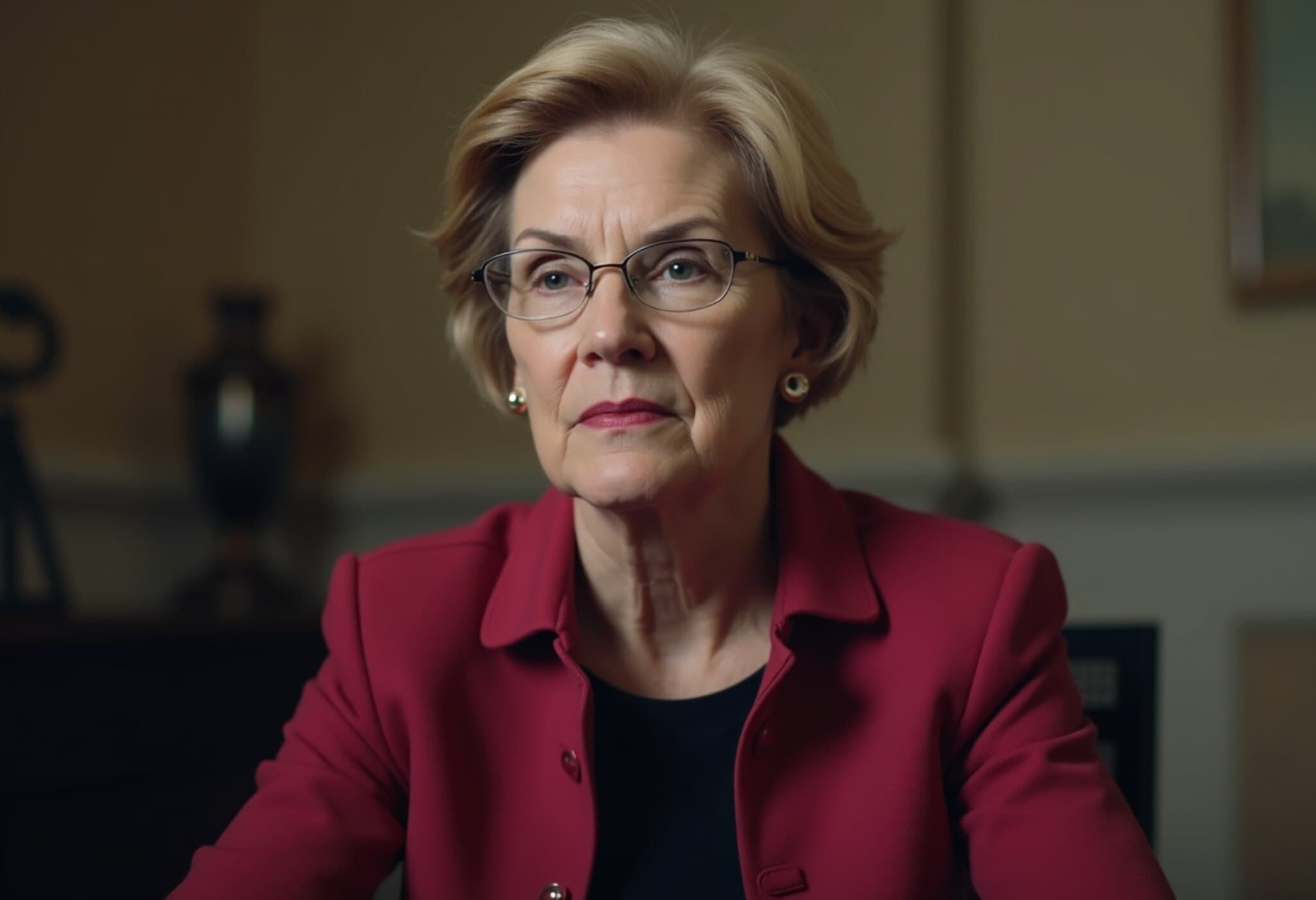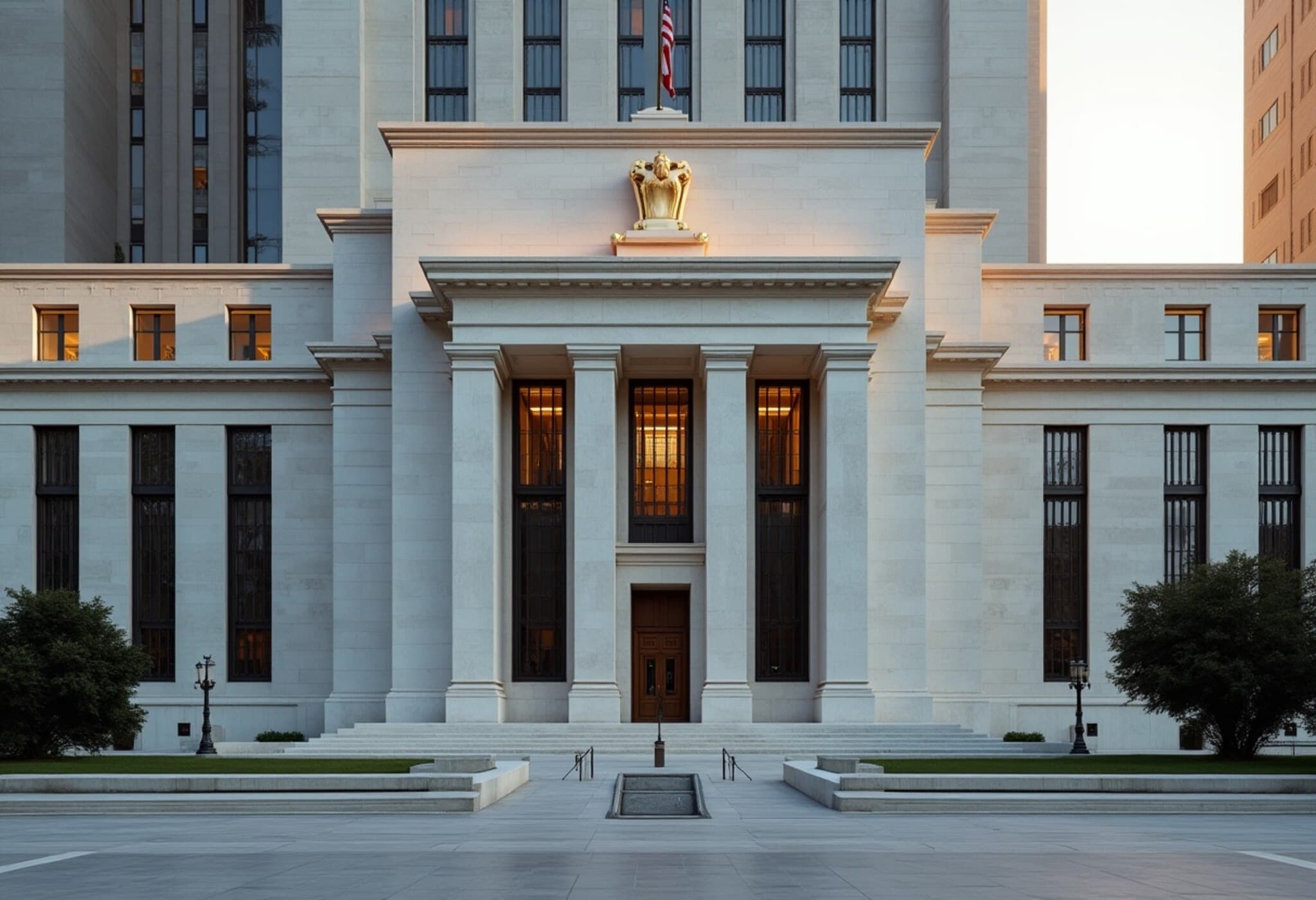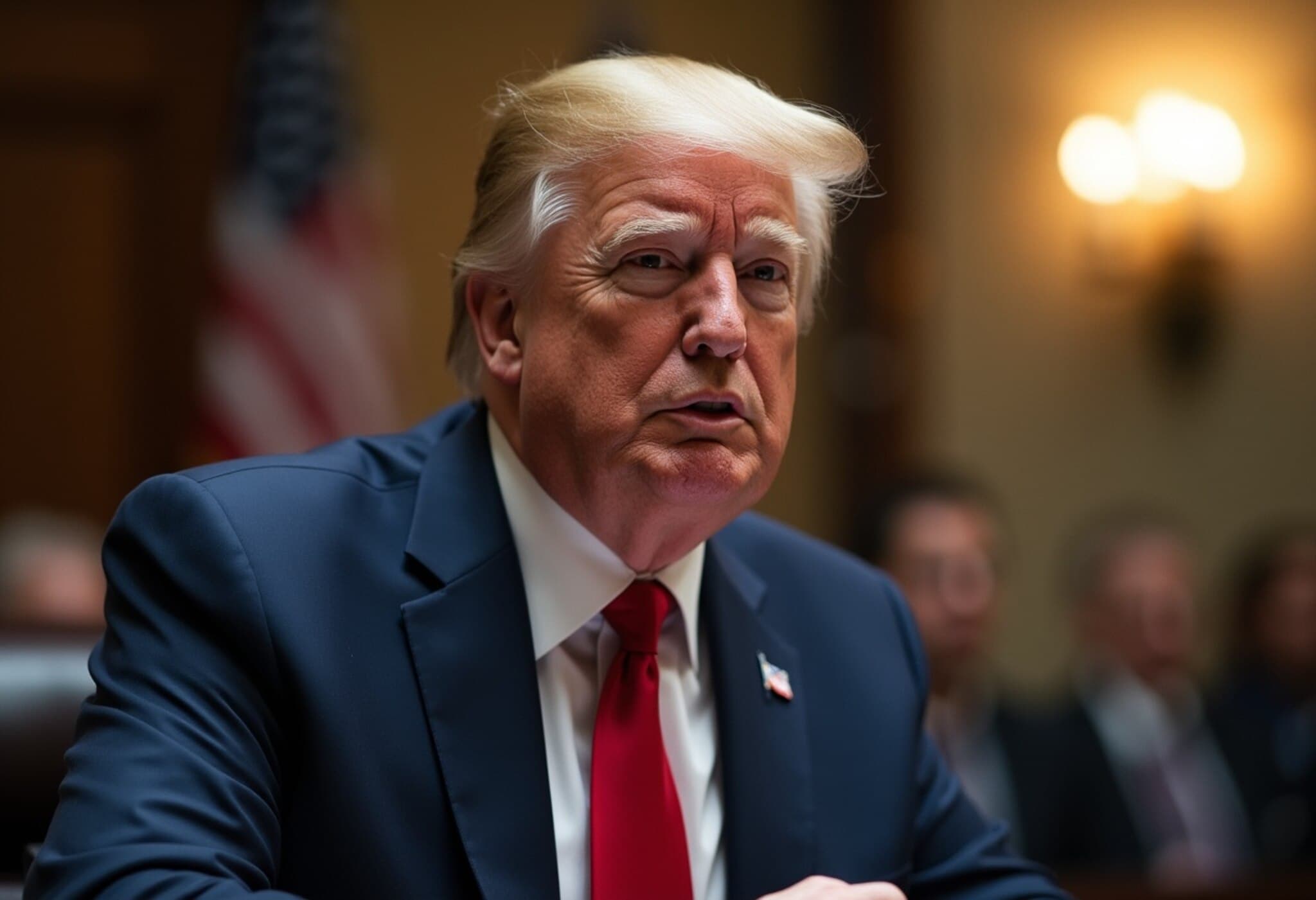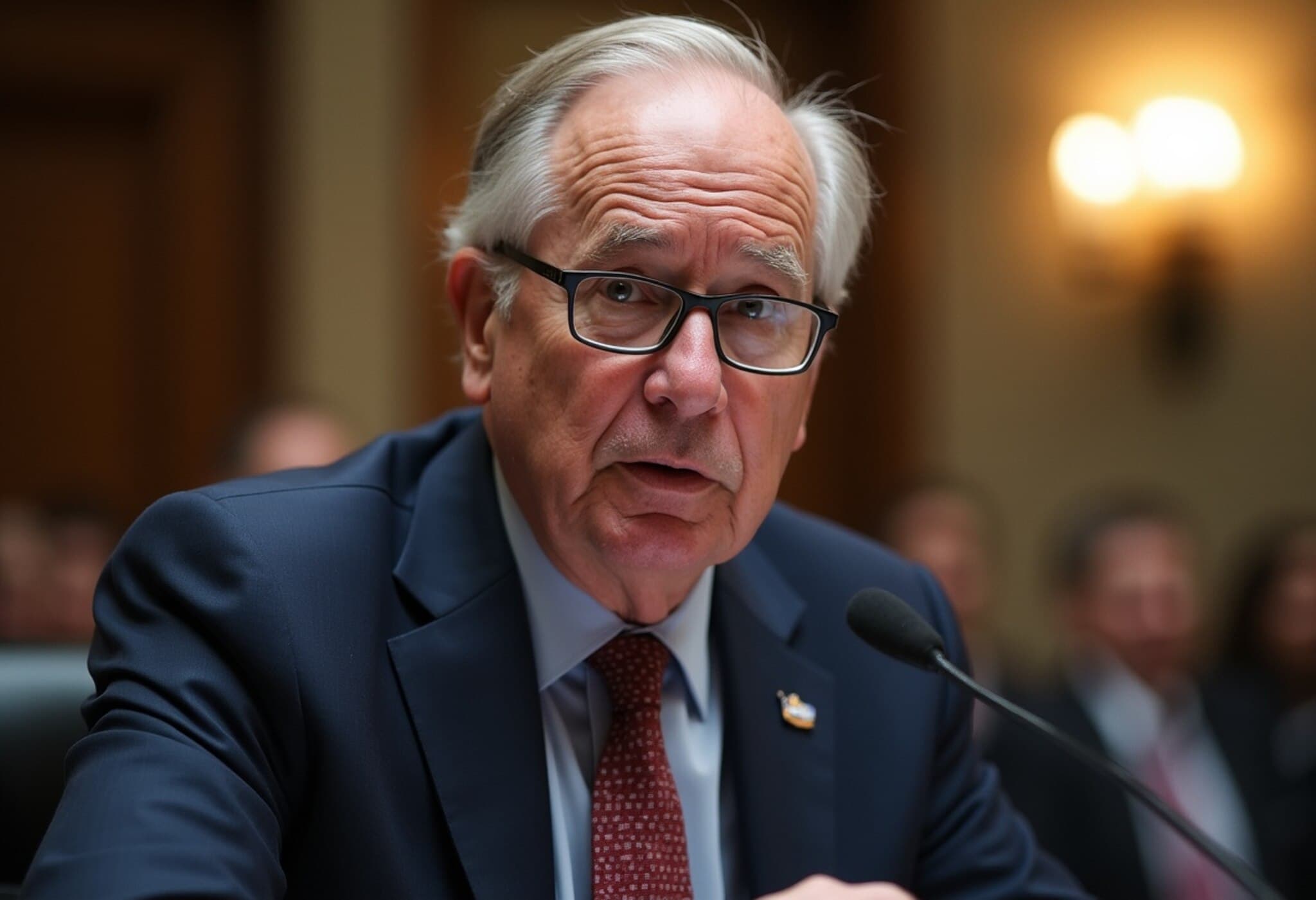Trump Signals Move to Replace Fed Chair Jerome Powell
In a startling development that could reshape U.S. monetary policy, former President Donald Trump has publicly signaled his intention to replace Federal Reserve Chair Jerome Powell. Over the past several months, Trump has criticized Powell's reluctance to cut interest rates despite mounting economic pressures, especially those linked to ongoing trade tensions. This week, Trump made it clear that a change at the Federal Reserve’s helm could be imminent.
Friction Grows Over Interest Rate Policy
Trump’s frustrations culminated following a disappointing U.S. jobs report for July 2025, which revealed the addition of only 73,000 jobs—far below the expected figures—and also included downward revisions to previous months’ employment numbers. The President openly called on the Federal Reserve's Board of Governors to override Powell's leadership, stating on his social media platform that “THE BOARD SHOULD ASSUME CONTROL AND DO WHAT EVERYONE KNOWS HAS TO BE DONE!” This unprecedented call underscored the increasing tension between the White House and the Fed.
Dismissal of Labor Commissioner Raises Concerns
Shortly after the jobs report, Trump dismissed Erika McEntarfer, the commissioner of the Bureau of Labor Statistics, alleging the agency was responsible for "the biggest miscalculations in over 50 years." This firing rattled economists and data analysts nationwide, raising alarms about potential politicization of critical economic data collection at a sensitive moment. Michael Feroli, chief U.S. economist at JPMorgan Chase, warned that undermining data integrity could be as risky as having a biased policymaker at the Fed’s controls.
Fed Reshuffle Opens Door for Trump’s Influence
Adding another layer to the unfolding drama, Federal Reserve Governor Adriana Kugler announced her resignation, effective well ahead of her term's end in January 2026. Her departure, combined with McEntarfer’s firing, creates two influential vacancies that President Trump could fill. Financial analyst Krishna Guha of Evercore ISI noted that Kugler's exit “jump-starts the Trumpification of the Fed,” potentially paving the way for Trump to appoint a successor who aligns closely with his economic views.
Potential Successors and Strategies
Trump has hinted that his nominee to fill Kugler’s position could eventually replace Powell when his term concludes in May 2026. However, he has not ruled out a more immediate removal, a move that would face significant legal and political hurdles. While expressing confidence in Treasury Secretary Scott Bessent, Trump acknowledged that Bessent prefers to remain in his current role. Instead, he is reportedly considering former Fed Governor Kevin Warsh and National Economic Council Director Kevin Hassett—both referred to affectionately by Trump as "the Kevins"—as strong candidates.
Division Within the Fed
Notably, two Federal Reserve governors, Christopher Waller and Michelle Bowman, have already distanced themselves from Powell’s approach, advocating for interest rate cuts and downplaying the long-term adverse effects of Trump’s tariffs. Despite these internal disagreements, the Fed has maintained a steady interest rate stance throughout 2025, with the next opportunity for adjustments slated for September.
Expert Insight: The Stakes of Changing Fed Leadership
Replacing the Fed Chair amidst economic uncertainty carries considerable risks and rewards. On one hand, a new leader could shift policies to stimulate growth in times of slowdown. On the other hand, abrupt personnel changes might unsettle markets and undermine central bank independence—a cornerstone of American economic governance. The prospect of politicizing monetary policy decisions is particularly concerning to economists who emphasize the importance of data integrity and the separation of powers.
What This Means for U.S. Economic Policy
Trump’s push to influence the Fed reflects broader tensions between the executive branch and independent institutions tasked with managing the economy. As inflationary pressures, global trade tensions, and labor market data continue to challenge policymakers, the leadership and direction of the Federal Reserve remain critical. Stakeholders—from Wall Street investors to everyday Americans—should watch closely as these developments unfold.
Editor’s Note:
As President Trump considers reshaping the Federal Reserve’s leadership, the balance between political influence and central bank independence is at a historic crossroads. Observers should reflect on the long-term implications of such shifts for economic stability, market confidence, and public trust in key institutions. How the Fed navigates these challenges will profoundly impact America’s financial landscape in the years ahead.

